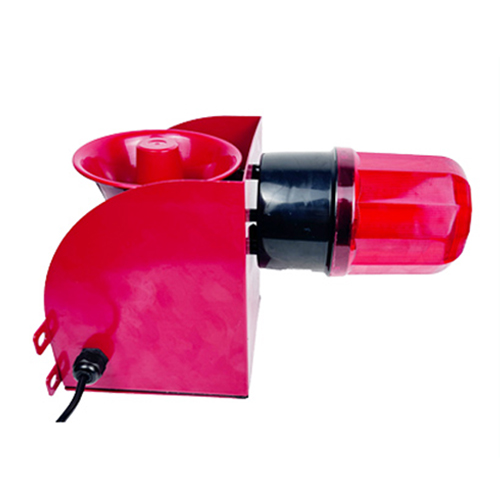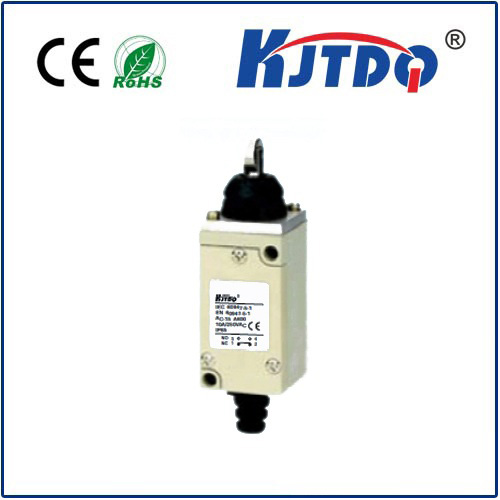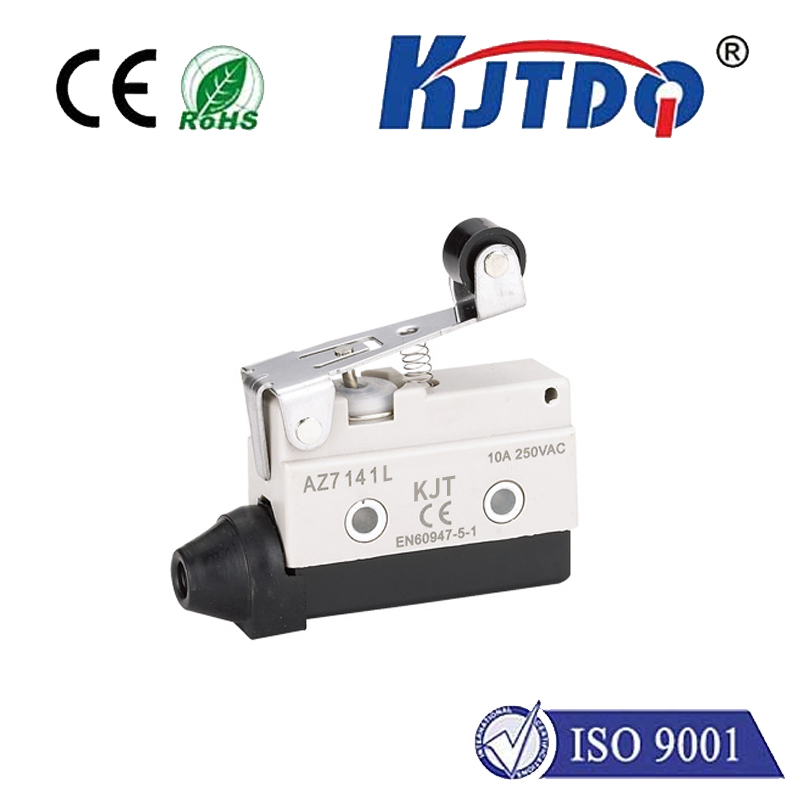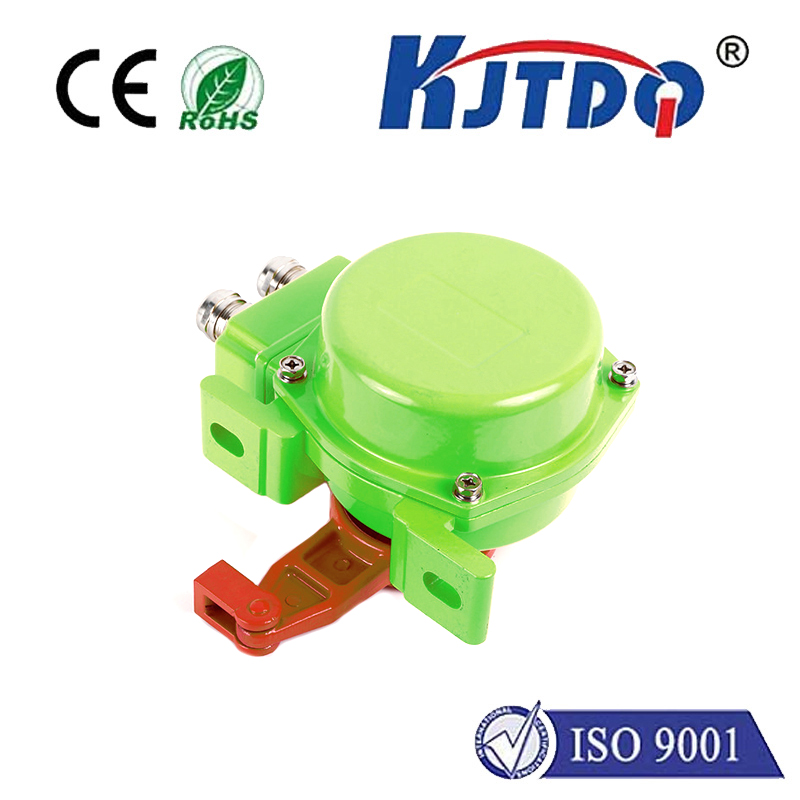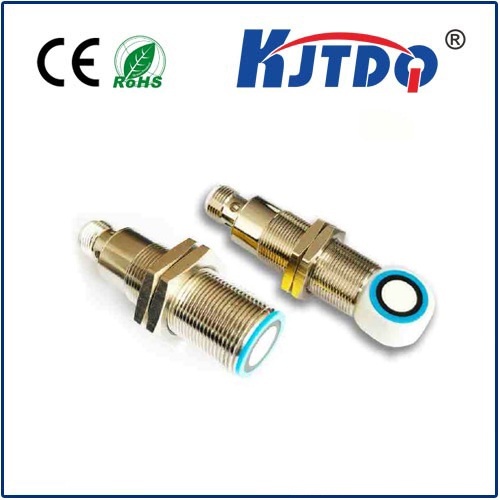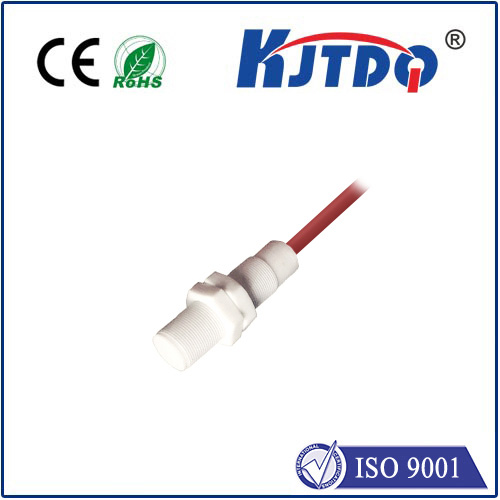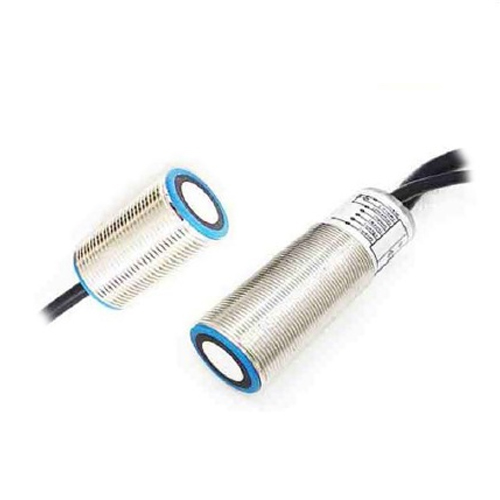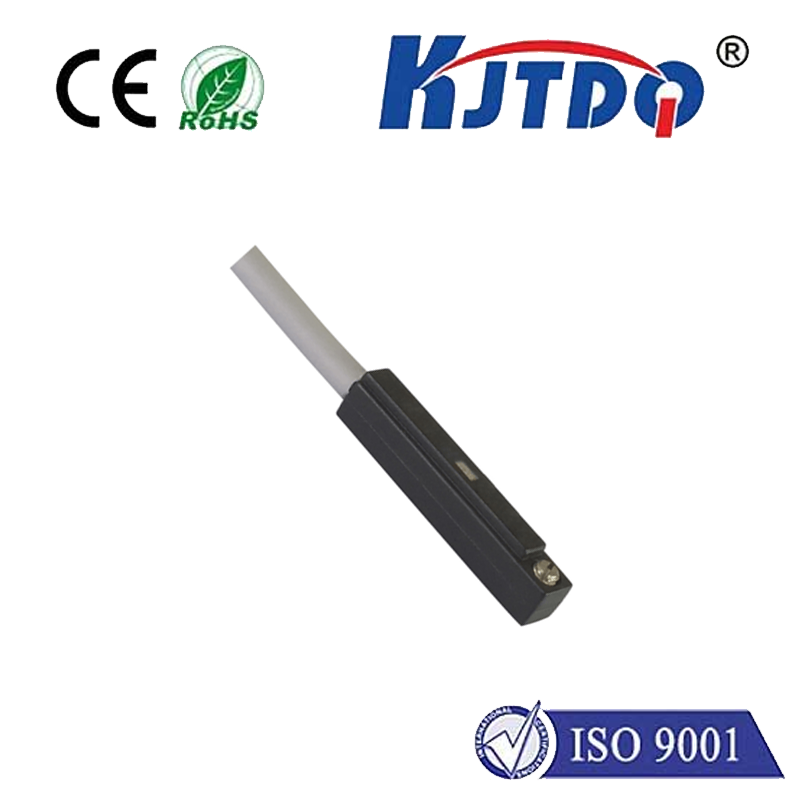PN7514 pressure sensor
- time:2025-09-24 02:14:05
- Нажмите:0
PN7514 Pressure Sensor: Reliable Measurement for Harsh Industrial Applications
Accurate pressure monitoring is the unseen heartbeat of countless industrial processes. When a sensor falters, the consequences can range from costly production delays to compromised system safety. That’s why selecting a pressure transducer built for resilience and precision isn’t just smart; it’s essential. The PN7514 pressure sensor stands out as a robust solution engineered to deliver dependable performance precisely where ruggedness and accuracy collide.
Where the PN7514 Excels: Tackling Tough Environments
The PN7514 isn’t designed for the gentle confines of a laboratory. Its true value emerges in demanding settings where factors like vibration, extreme temperatures, corrosive media, or electrical noise are daily realities. Think of critical applications such as:
- Industrial Hydraulics & Pneumatics: Monitoring system pressure in machinery, presses, or actuators, where shock loads are common.
- Heavy Machinery & Mobile Equipment: Providing reliable pressure data in engines, transmissions, hydraulic systems on construction vehicles, agricultural equipment, or material handling units exposed to dust, moisture, and vibration.
- HVAC/R Systems: Measuring refrigerant pressures, pump performance, or filter status in commercial and industrial climate control systems.
- Process Control & Manufacturing: Ensuring precise pressure regulation in chemical processing, water treatment, or food & beverage production lines, often involving aggressive fluids.
- Test & Measurement Benches: Providing accurate, stable pressure readings for R&D, quality control, or calibration setups requiring consistent performance.
Core Technology: Piezoresistive Sensing at its Heart

At the core of the PN7514 lies a piezoresistive sensing element. This sophisticated technology utilizes a micromachined silicon diaphragm. When pressure is applied, this diaphragm deflects minutely, causing measurable changes in electrical resistance within embedded strain gauges configured in a Wheatstone bridge circuit. This resistance change is directly proportional to the applied pressure, generating a small electrical output signal (typically millivolts per volt excitation - mV/V). Advanced signal conditioning circuitry integrated within the PN7514 sensor package amplifies this signal and converts it into highly usable and industry-standard outputs like 4-20mA or 0.5-4.5V ratiometric to 5V.
Key Features Driving Reliability and Performance
What makes the PN7514 a preferred choice in challenging sectors? Several critical features contribute to its robust reputation:
- Rugged Stainless Steel Construction: The sensing element is frequently housed within a durable stainless steel body or isolated by a stainless steel diaphragm. This provides excellent resistance to corrosion from a wide range of media and offers superior mechanical strength to withstand high pressure spikes and physical shocks.
- Exceptional Media Compatibility: Utilizing materials like 316L stainless steel for wetted parts allows the PN7514 to handle a broad spectrum of fluids, including many oils, fuels, water, air, and mild chemicals, without degradation.
- Advanced Temperature Compensation: Temperature fluctuations are a major enemy of sensor accuracy. The PN7514 incorporates sophisticated temperature compensation circuitry. This crucial feature minimizes errors induced by shifts in ambient or media temperature, ensuring readings remain precise across its specified operating range. This stability is vital for processes sensitive to thermal changes.
- High Overpressure Capability: Engineered with a significant safety margin, the PN7514 typically offers an overpressure rating well above its nominal range. This built-in resilience protects the sensor from damage due to unexpected pressure surges or water hammer effects common in industrial piping.
- Stable, Low-Drift Performance: Quality manufacturing and calibration processes result in a sensor exhibiting low long-term drift. This means the PN7514 maintains its calibration accuracy over extended periods, reducing the need for frequent recalibration and enhancing operational reliability.
- Standard Electrical & Mechanical Interfaces: Featuring common outputs (like the ubiquitous 4-20mA loop) and standard threaded process connections (e.g., G1/4”, 1⁄4” NPT), the PN7514 offers easy integration into existing control panels, PLCs (Programmable Logic Controllers), or SCADA (Supervisory Control and Data Acquisition) systems. Options like M12 connectors enhance suitability for mobile or washdown environments.
- O-Ring Seals: Effective sealing is critical. The PN7514 typically employs reliable elastomer O-rings designed to provide a secure, leak-proof connection under pressure and varying temperatures.
Selecting the Right PN7514 for Your Needs
While the PN7514 designation often points to a specific model family, variations exist to cover diverse application requirements. Key specifications to consider include:
- Pressure Range: Available in numerous ranges, spanning from low vacuum (e.g., -1 bar) up to very high pressures (e.g., 600 bar or higher), measured in bar, psi, or MPa. Selecting the appropriate range ensures optimal resolution and accuracy.
- Electrical Output: Choosing between options like 4-20mA (ideal for long cable runs and noise immunity), 0-10V, 0.5-4.5V ratiometric, or sometimes digital outputs (I2C, SPI) depends on your system’s requirements.
- Accuracy Class: PN7514 sensors are available in different accuracy grades (e.g., ±0.5% Full Scale, ±0.25% FS). Higher accuracy generally comes at a higher cost but is essential for critical measurements.
- Process Connection: Ensure the thread type (NPT, G, SAE) and size match your existing ports or manifold.
- Media Temperature Range: Verify that the sensor’s specified temperature tolerance covers the actual operating temperatures of the fluid being measured.
- Electrical Connection: Options include integral cables, DIN connectors, or M12 connectors for robustness.
Integration and Long-Term Value
Integrating the PN7514 into your system is typically straightforward due to its standardized interfaces. Its primary value proposition lies in delivering consistent, reliable pressure data in environments that would compromise lesser sensors. This translates directly into:
- Enhanced System Reliability: Minimizing unexpected downtime caused by sensor failure.
- Improved Process Control & Efficiency: Accurate pressure data enables tighter control loops, optimizing energy usage and product quality.
- Reduced Maintenance Costs: The robust construction and long-term stability lower costs associated with frequent sensor replacement or recalibration.
- Increased Safety: Reliable pressure monitoring helps prevent dangerous overpressure situations.
Whether you’re managing complex hydraulic systems, ensuring precise process control, or maintaining critical mobile machinery, the PN7514 pressure sensor offers a proven combination of industrial-grade toughness, critical stability, and dependable performance. Understanding its core capabilities and selecting the appropriate variant ensures it becomes a reliable cornerstone of your measurement infrastructure, silently delivering the accurate pressure data your operations demand.

